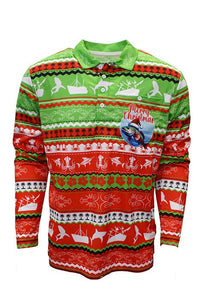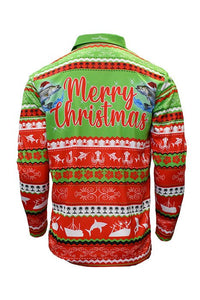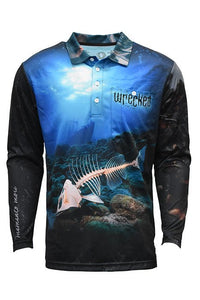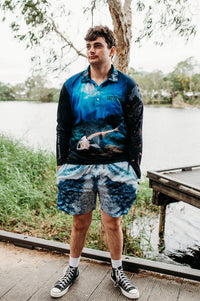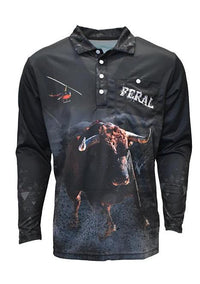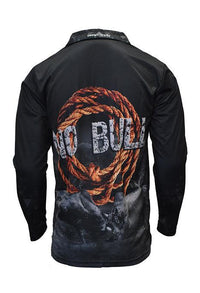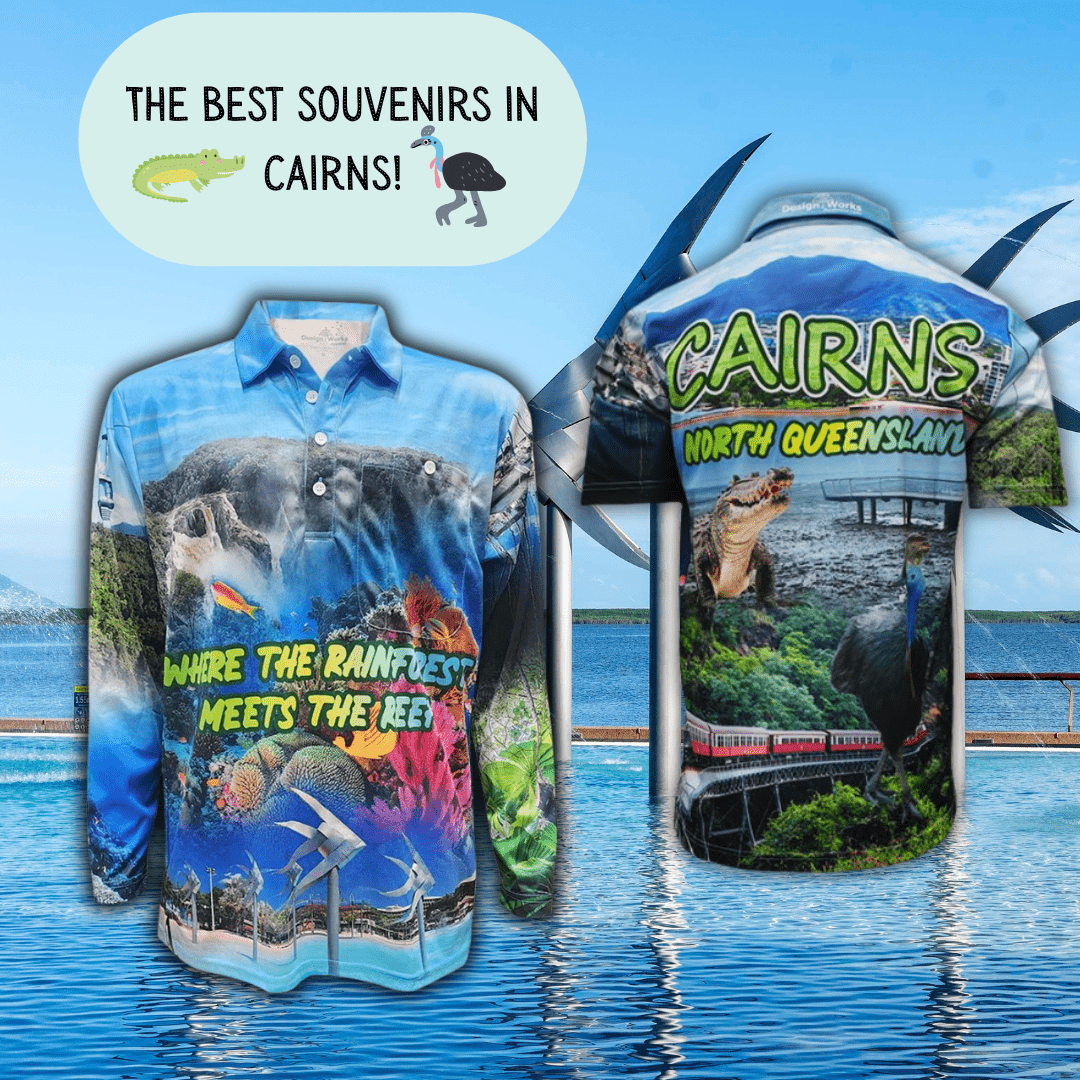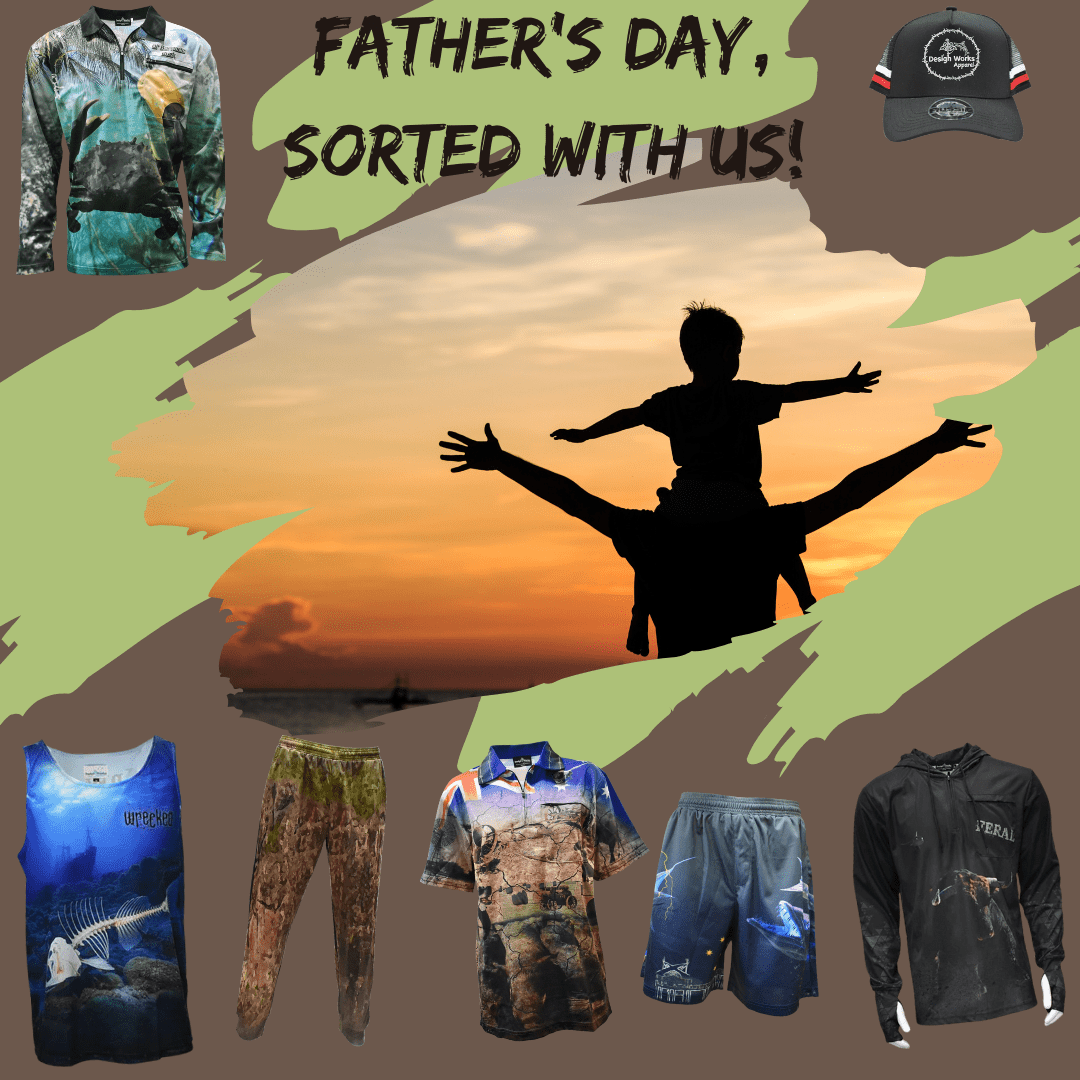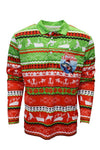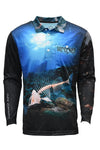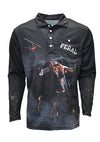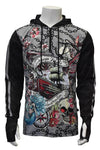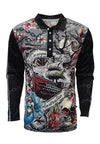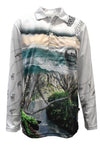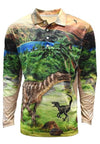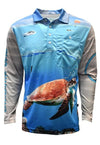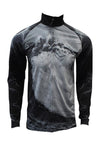If you're planning to visit the Great Barrier Reef area or any marine environment, it's essential to choose a sunscreen labeled as reef-safe to help protect these fragile ecosystems. Additionally, wearing protective clothing and seeking shade during peak sun hours can further reduce the need for excessive sunscreen use while safeguarding your skin.

(Find your favourite sun safe clothing here.)
There are certain types of sunscreen that can be harmful to coral reefs and marine life. Traditional sunscreens often contain chemicals like oxybenzone (benzophenone-3) and octinoxate (ethylhexyl methoxycinnamate), which have been found to be detrimental to coral reefs when washed off into the ocean.

(image source natureaustralia.org.au)
Research has shown that these chemicals can cause coral bleaching, disrupt the development of coral larvae, and even contribute to the death of coral reefs. Additionally, these harmful chemicals can also affect other marine organisms, such as fish and algae, further impacting the delicate marine ecosystems.

(image source savethereef.org)
Many popular tourist destinations with coral reefs, such as Hawaii, the Caribbean, and parts of Australia, have taken steps to ban or restrict the use of certain types of sunscreen to protect their marine environments. In response to growing environmental concerns, some sunscreen manufacturers have started producing "reef-safe" or "ocean-friendly" sunscreens that are free from oxybenzone and octinoxate.
So if you are visiting the reef, remember to protect yourself and the environment.


